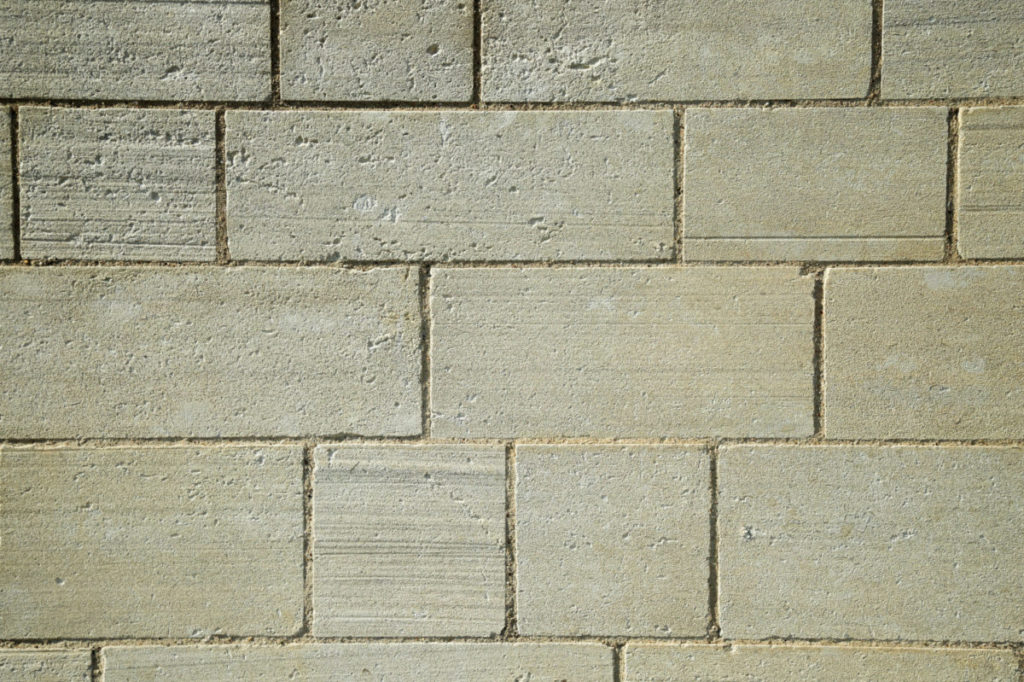When it comes to bricklaying and building construction, brickies sand is the ideal sand of choice. Brickies sand (also known as bricklayer’s sand) is a type of sand that contains high amounts of clay. This allows it to become stickier when mixed with cement and becomes more workable by enhancing its blending and bonding characteristics. What’s even more appealing is that brickies sand comes in a wide variety of colours like yellow, red, and white, making them perfect for landscaping, building, and even gardening projects.
Today we’ll be discussing everything you need to know about brickies sand and find out which projects best suit this unique sand type.
Why professional bricklayers use brickies sand
Professional bricklayers favour brickies sand because it’s the ideal sand for blending mortar. This makes the process of laying bricks on top of each other that much easier. Thanks to its perfect blend of clay and silt content, brickies sand allows for a stickier and more workable mortar when building walls.
When used for drying and bonding, brickies sand repels water and leaves behind a sturdy, structural join. The use of brickies sand extends to building construction as it can also be utilised in sporting arenas, agriculture, fields, and most other projects that require sand with medium clay content.
Brickies sand is primarily used in applications such as:
- Wall construction
- Limestone block work
- Sand joints
- Roof capping
Different types of brickies sand
Brickies sand comes in plenty of different varieties, with yellow, red, and white being the most popular. Each of these sand types have unique characteristics that make them better suited for specific applications. Having said that, it’s crucial that you choose the right brickies sand in order to achieve the best bricklaying results. Here are some of the most common types of brickies sand used today:
- Yellow brickies sand
Workers in bricklaying and masonry industries mainly use yellow brickies sand due to its higher clay content. It’s much easier to mix and work with compared to other types of brickies sand and its water-repellent properties are above average as well. Yellow brickies sand is often referred to as “fatty sand” and is mostly used in paving, filling, and bricklaying applications. This type of brickies sand can also be used for landscaping, particularly in both indoor and outdoor pools.
- Red brickies sand
Red brickies sand is primarily used to create brick walls out of brick cement mixes. Red brickies sand is lighter compared to yellow brickies sand which makes it highly favourable for mortar production and landscaping. Reputable sand suppliers use natural, high quality sources of sand to allow bricklayers to achieve the best results. Brickwork done using red brickies sand should last for a very long time and when the right mixes are used, will ensure a satisfactory finished product.
- White brickies sand
White brickies sand is in high demand for consumers in the construction, building, and landscaping industries. It’s commonly used for brick and block work and provides a clearer, brighter finish compared to yellow brickies sand. This makes white brickies sand the perfect sand type for mortar applications that require a lighter-coloured joint.
How brickies sand is sourced
Brickies sand comes from two main sources and those are dune sand and depositional sand. It can also be sourced from river sand that’s produced from dredging, but it’s not as common as the two main sources. Dune sands originate from coastal areas and their particle size is angular in shape. Because of this, dune sand is also referred to as “sharp sand” and they have little to no clay content in them.
Depositional sand on the other hand, originates from inland sources and the particle size is more oval than angular. These sands wash downhill into the deposits of mountain foothills and mix with clay as they flow down. These sands are commonly referred to as “bush sand”. Bush sand is often washed one to three times to remove the clay content. The only problem is that fine sand gets washed away as well, which is a crucial component in creating a fatty, dense mortar.
Most of the time, suppliers will mix washed sands with unwashed sands to create a 50-50 mix. Keep in mind that this isn’t an exact science, especially if the sands are mixed by a front-end loader based on weight. Reputable suppliers don’t just mix washed and unwashed sand, but they also pass them through a sieve test known as AS1141.1. According to the Australian AS3700 standard (a standard for masonry and a reference manual for the Australian Building Codes Board), the “bricklaying sand must not have more than 9% of the weight of the sand passing through a 75um sieve.”
Before buying brickies sand, it’s always a good idea to request a test certificate from the suppliers to make sure it’s compliant with the AS3700 standard. That way, you can ensure you’re getting high-quality sand that has undergone AS1141.1 sieve testing. The quality of the sand plays an important factor in the outcome of bricklaying and construction projects which is why you want to get this right.
When talking about bricklaying, the significance of high-quality brickies sand can never be understated. Hopefully with this article, you’ll be able to better understand where to use brickies sand and why you should use it to achieve the best bricklaying results.

